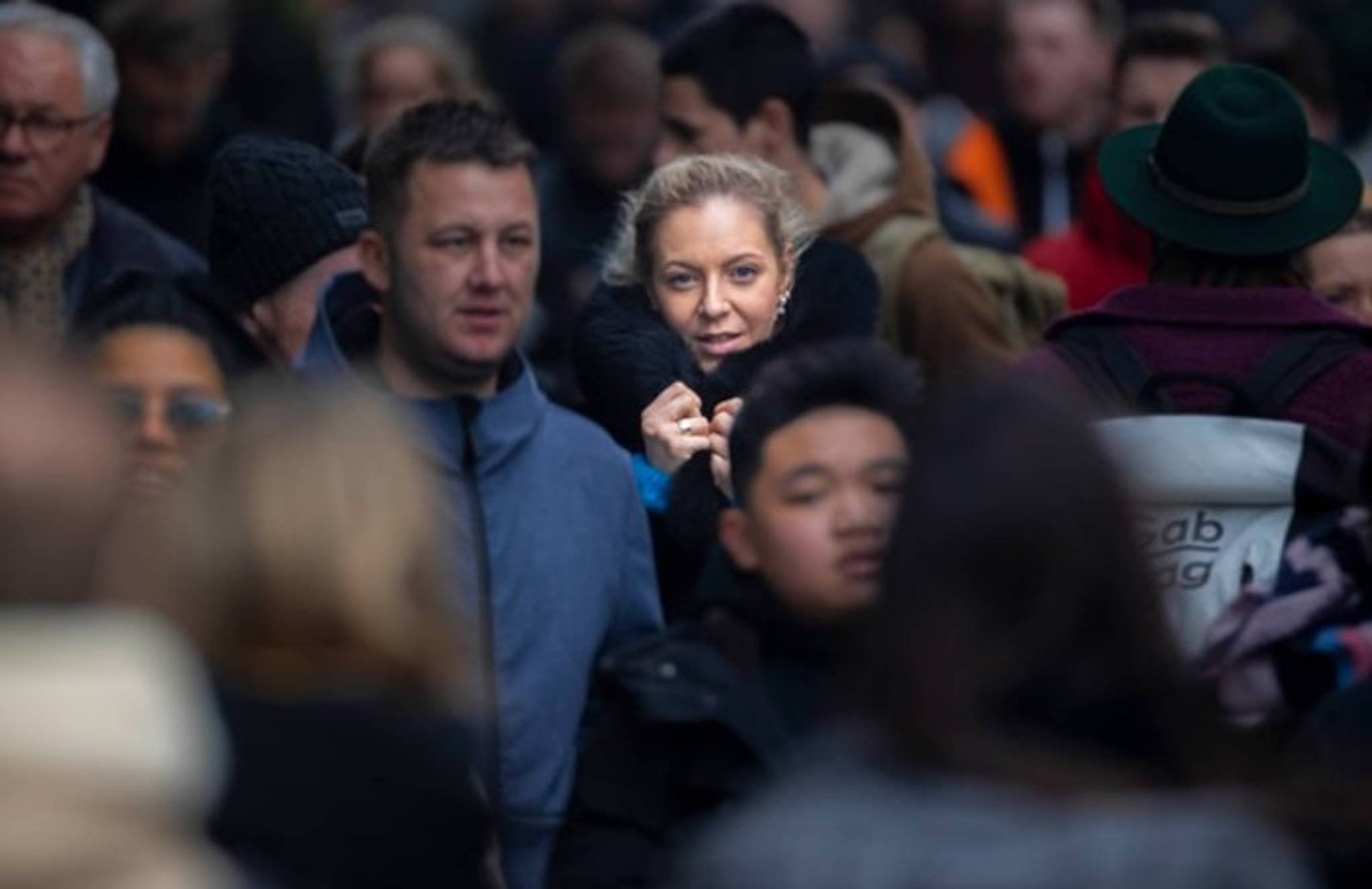
The lure of a made for you product has reshaped what people expect from brand engagement: whether it’s personalised luxury service, a curated meal plan, or a new pair of upcycled jeans, we’ve all experienced the rush of main character energy. The question is, where will personalisation take us next?
Have you ever had an airport crush? Or, to ask another way, have you ever locked eyes romantically with a total stranger as you wait for a delayed flight? Or decided the retail worker at the suitcase store is, in fact, your soulmate? According to TikTok, these kinds of moments are definitely happening. Videos on the platform tagged to #Airportcrush currently have nearly 50 million views. While the romanticisation of those suspended, liminal hours in airports sounds like a valid and reasonable way to pass the time, this trend is merely one iteration of a broader predilection: ‘main character energy’.
Main character energy (MCE) can be taken to mean two things, depending on how it’s used. For the self-actualised, MCE is about empowerment and self-worth, the decision to centre oneself in one's life, relationships, and choices. Used disparagingly, the term can refer to a person determined to make themselves the protagonist in every situation, an attention-hog who sees everyone else as supporting actors to their central, essential narrative (the contentious politics of the related ‘pick-me girl’ trope would require an entirely separate post on this blog). But whichever way it is used, MCE is a signal of a broader shift.
TikTok has become the stage for many of the immediate manifestations of attitudes and behaviours currently gripping consumers. MCE speaks to how we relate to one another on social media, our constant quest for self-knowledge and agency, and, as with the case of the #airportcrush, an occasional need to escape into fantasy and fancy. But as a symptom of broader consumer behaviour, MCE is indicative of a more deeply rooted desire for individuation, which is shaping how people connect, work, and spend. It is, in essence, part of that practice of defining ourselves as distinct from other people, which is what fuels our need to engage with products and services that feel tailored and customised. Our main character energy has driven the boom in personalisation that we’ve been tracking since 2018, across all of the sectors we cover at Canvas8.
Our recently updated Macro Behaviour, Personal Worlds, takes the original version of the behaviour, which we published five years ago, and tracks its evolution to the current moment: a consumer landscape of hyper-personalised, always-customisable offerings revolutionised by AI, algorithms, and the pandemic-boosted digitisation boom. We may all remember things like Coca-Cola bottles bearing people’s names; choosing funky laces to give our sneakers some personality; the emergence of platforms that let us design and purchase customised t-shirts for every stag do and baby shower we attended. But we’ve moved far beyond these items, cherished mostly for their novelty value. Now we can order nutrition plans tailored to our exact dietary preferences and requirements, select lipsticks engineered to a shade that will match our exact skin tone, and even send off a saliva sample that will yield information that can track and predict the future of our body’s health. And on a more granular level, the content we consume and how we are advertised to is a result of data that hones in on our personal choices and wants. In 2022, 81% of Gen Zers in the US say they prefer personalised ads.
Our worlds are set to get even more personalised: as the metaverse is built brick by virtual brick, our growing comfort with AR and VR – in shopping, social media, entertainment, and gaming - will develop into entire experiences and liveable environments tailored to our preferences, moved through by avatars built to our specifications. While this may alarm some who remember a one-size-fits-all world, everyday consumers are embracing hyper-personalisation, seeing it as a desirable progression in how they interact with brands and people. Canvas8 data shows that 52% of people in the US already say that personalisation is an important factor in how they choose to engage with brands, and 43% of people in the UK say they expect goods to be tailored to their unique needs.
As the personalised world becomes paramount, it looks like main character energy is taking up residence centre stage.



